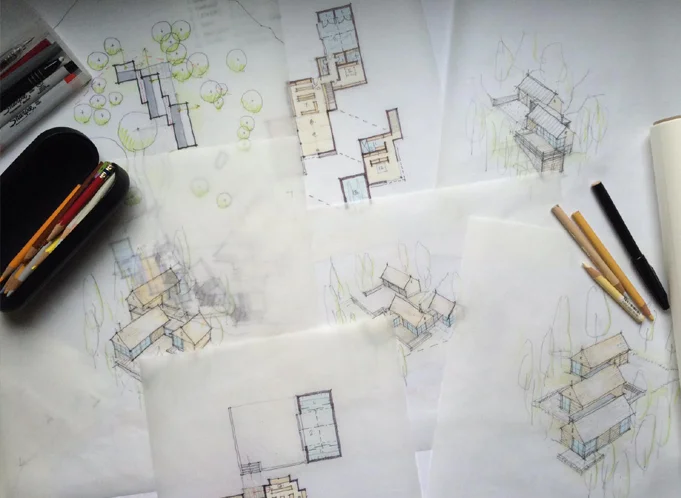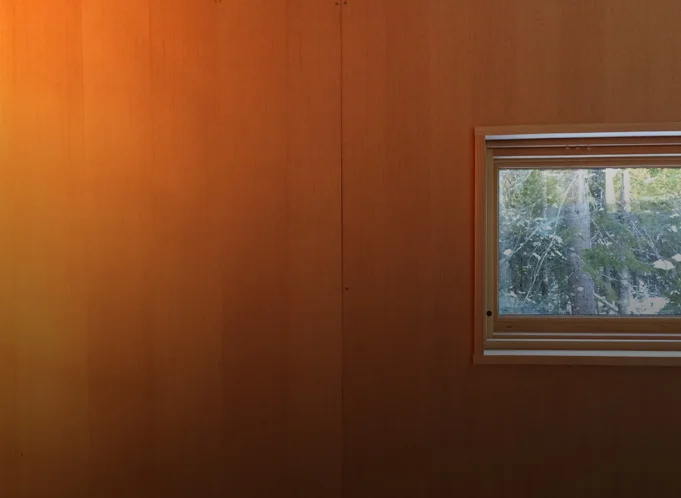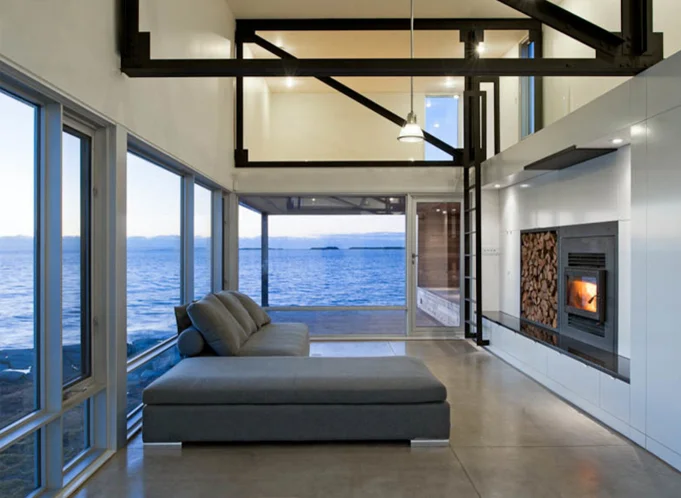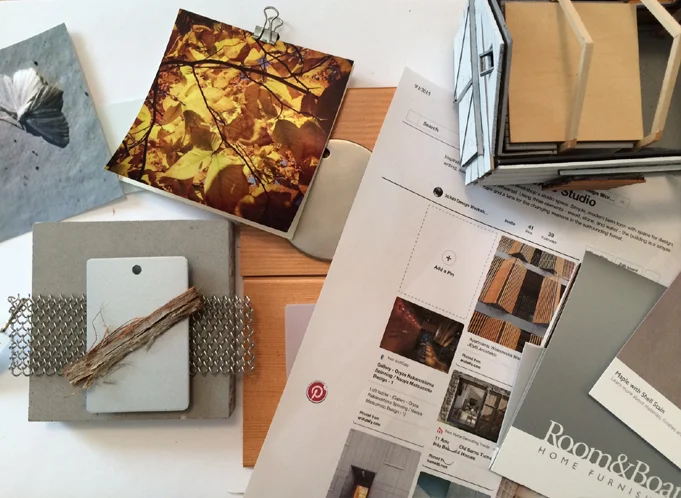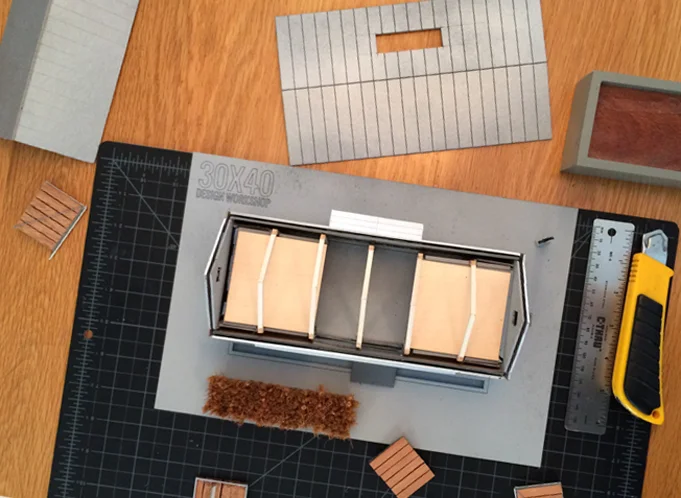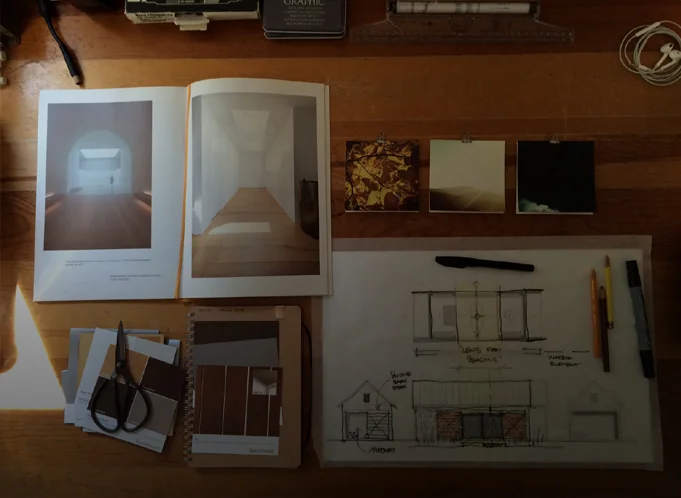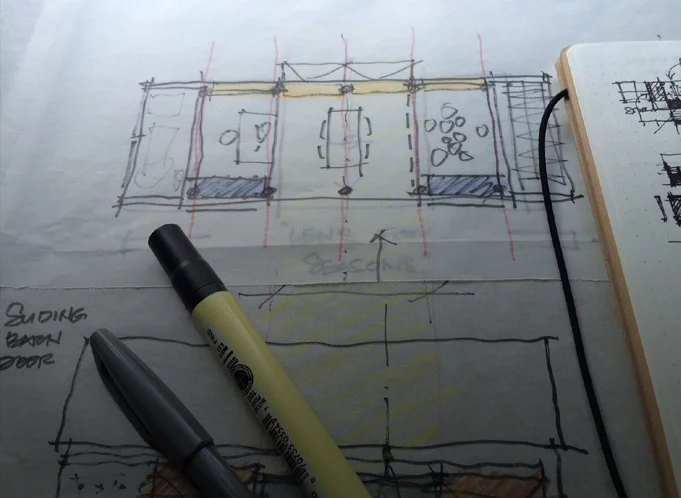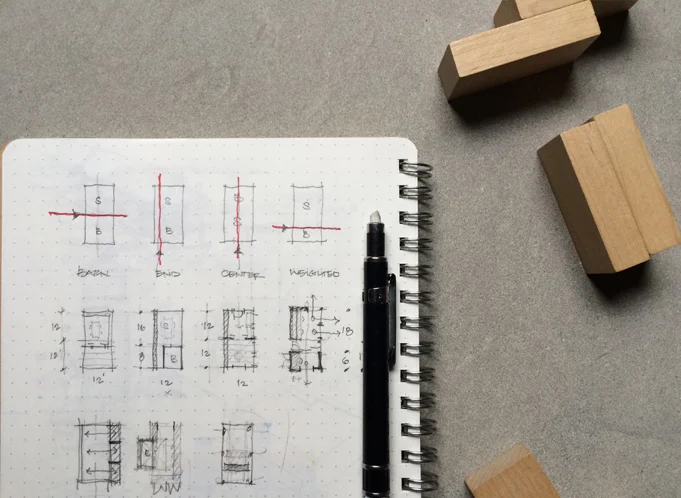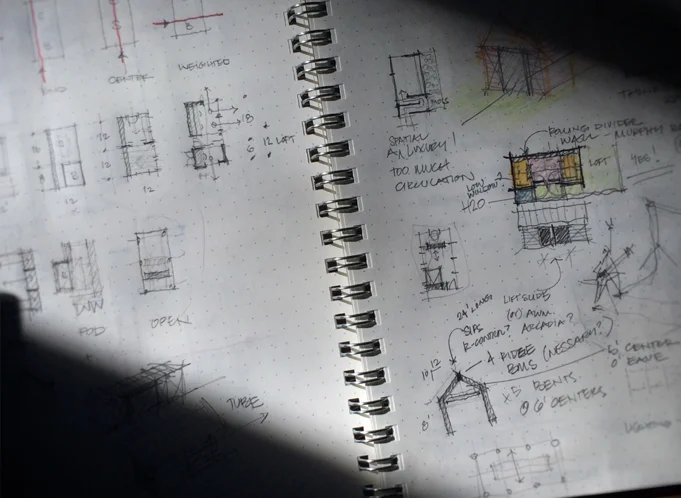“Light is to architecture what sound is to music.” (Steven Holl) At the two ends of the spectrum of light control and transmission stand transparency and opacity. Translucency inhabits the broad middle ground between those two. The word “translucent” is derived from the Latin “trans“ ("through") and “lucere“ ("to shine"). Translucent surfaces permit the passage of light while visually obscuring what’s behind it. Historical examples of the use of translucency in architecture abound: the poetic sliced alabaster window above the main altar in St. Peter’s Basilica in Rome, the shoji (screens) at the Katsura Villa in Kyoto, the stained glass rose windows at the great Chartres Cathedral in France. And there are countless others.
Translucency promotes ambiguity, a sense of mystery and a complexity that allows for multiple understandings of what a space can be. In the video I review examples which illustrate the power of this ambiguity as well as the practical things you need to know when employing translucent materials in your project.
Other topics covered: - How iron impacts the color of glass - Walls, floors, stairs - Material properties and options - Using transparency to imbue a design with meaning (be sure to catch the last project in the video)


